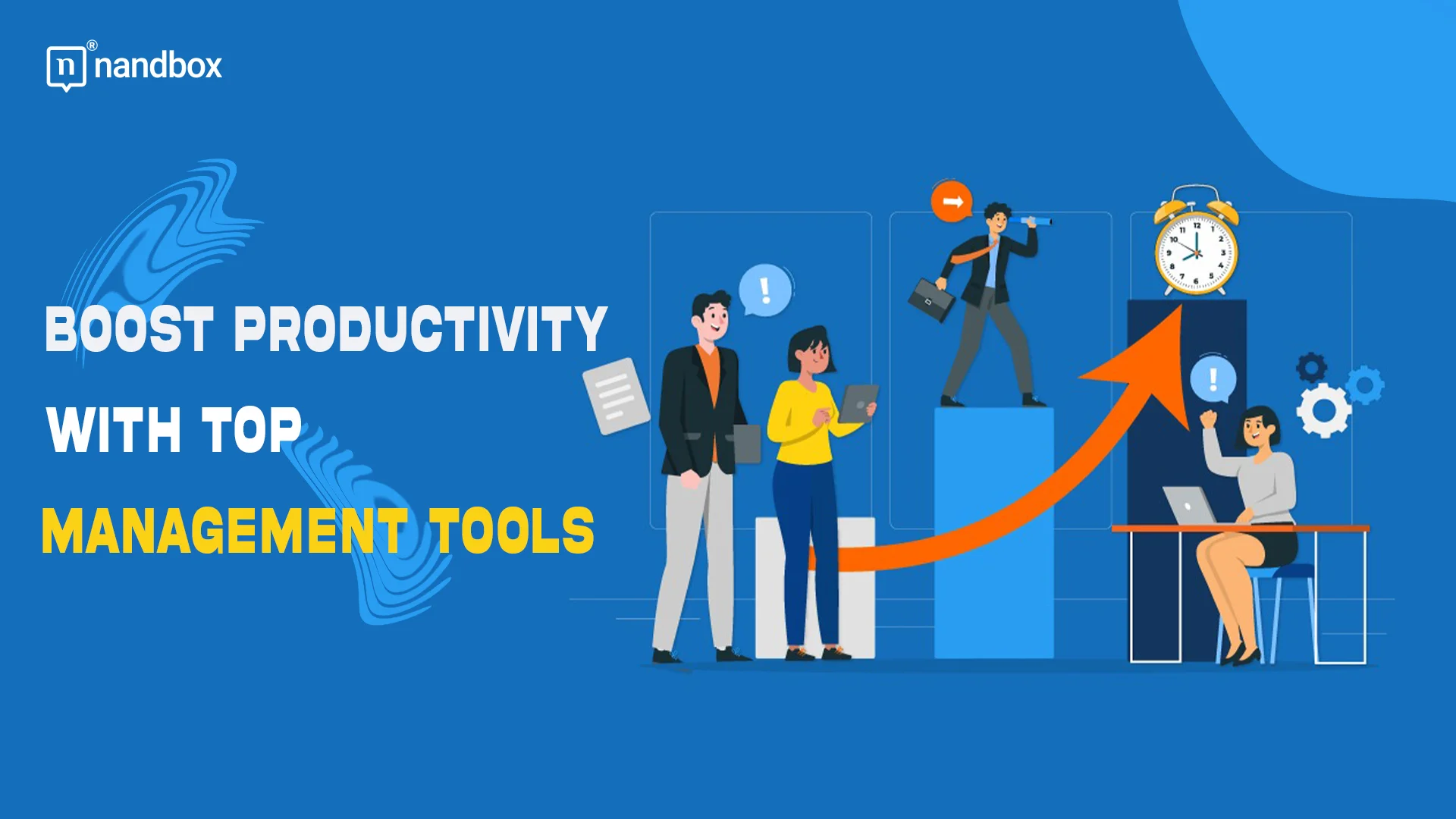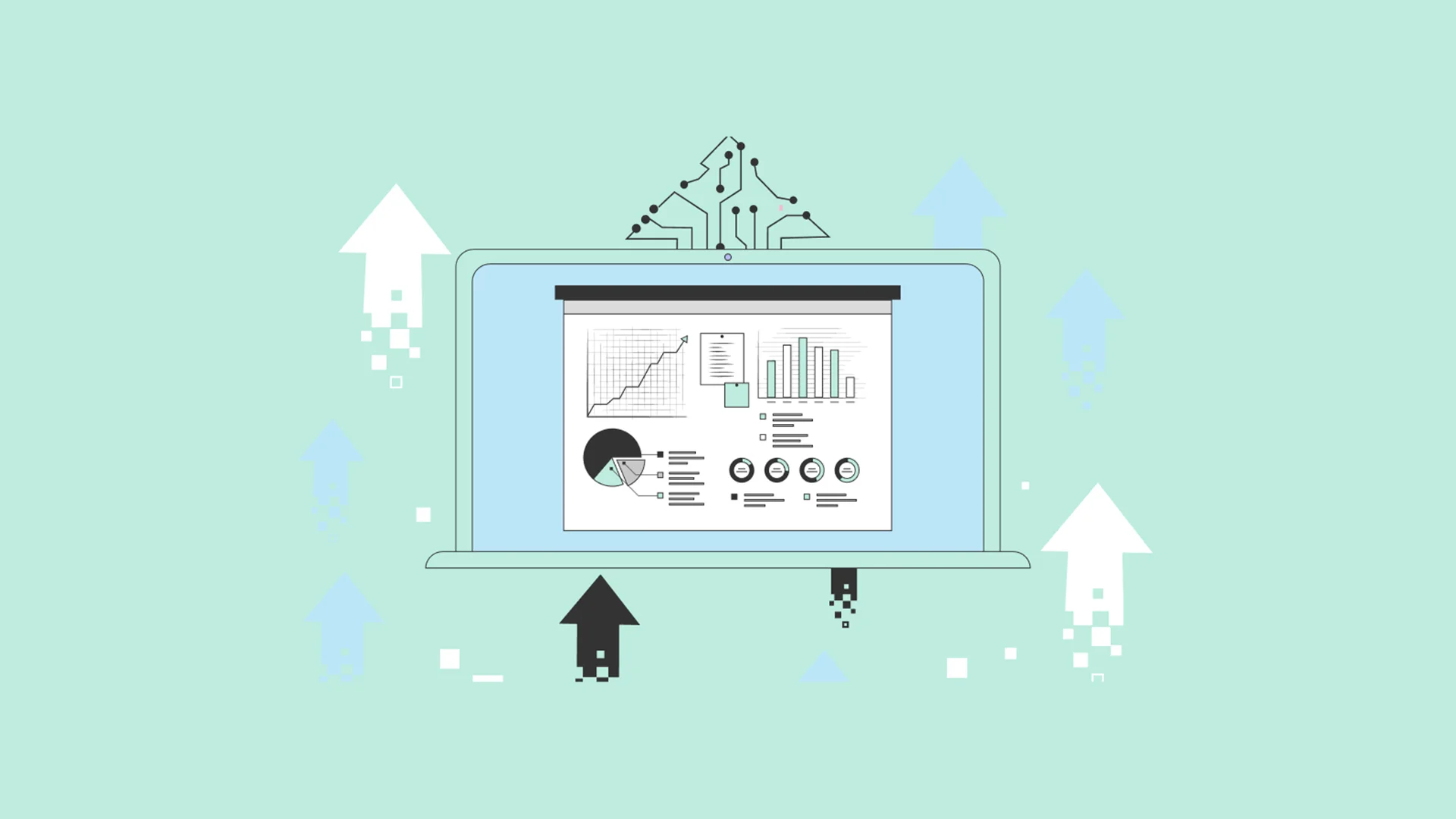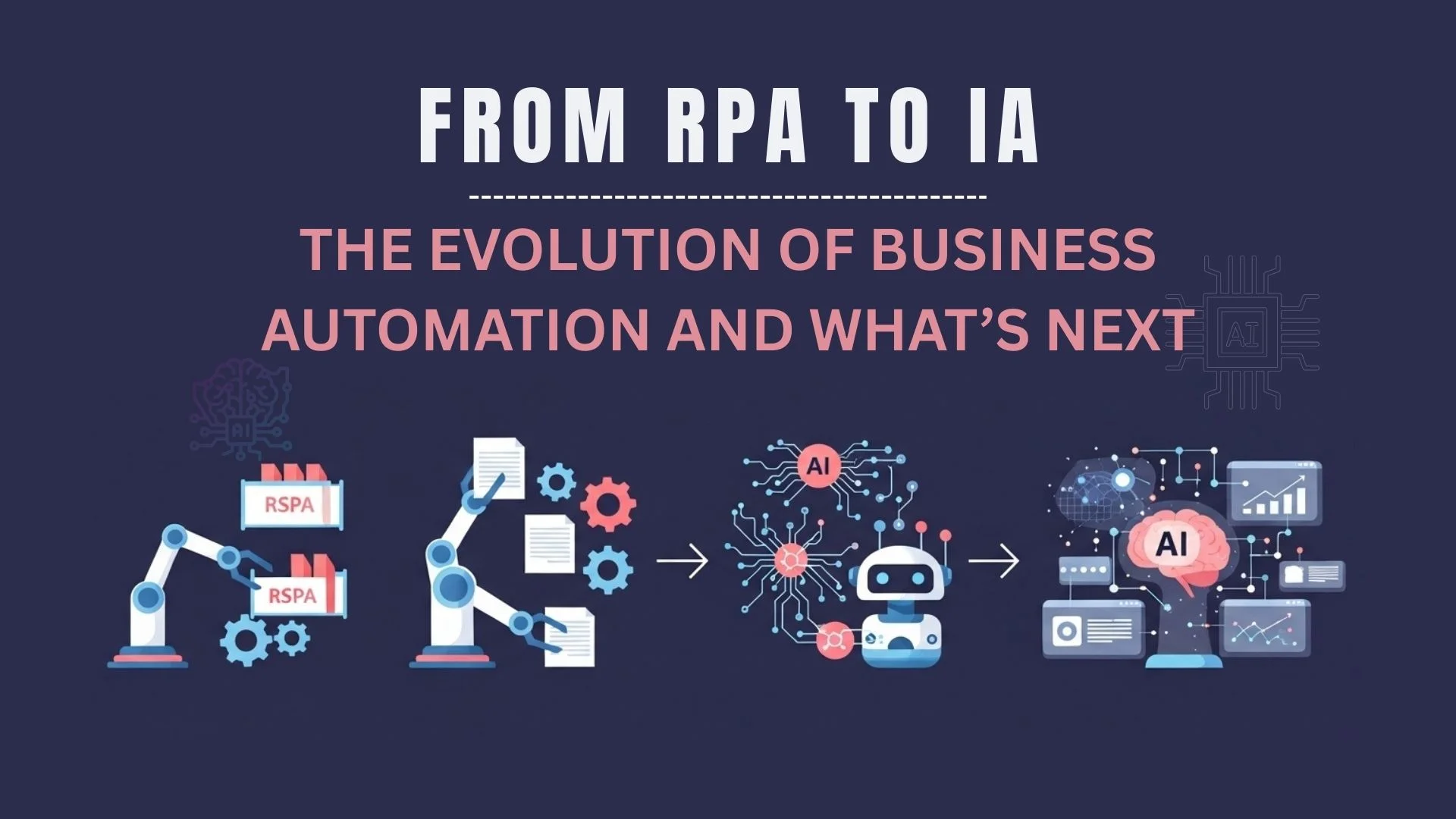The consumer goods industry is fast-paced and competitive, requiring businesses to juggle everything from supply chain logistics to customer demands. Digital tools have revolutionized the industry, offering innovative ways to streamline operations, enhance decision-making, and improve customer satisfaction. In this article, we’ll explore how digital tools can simplify consumer goods management and highlight some of the best tools available to help you thrive in this dynamic market.
1. Inventory Management Software
Inventory management tools automate stock tracking, reorder points, and inventory forecasting. These systems help businesses maintain optimal inventory levels, reduce wastage, and meet customer demands without overstocking. Automated stock tracking reduces human error and provides immediate updates, while forecasting tools predict future demand, allowing smarter purchasing decisions. It is used to reorder point alerts, notifying businesses when stock levels drop below a set threshold, preventing stockouts.
2. Consumer Insights and Analytics Platforms
Insights and analytics platforms provide intelligence for consumer packaged goods companies, offering data-driven insights into consumer preferences, purchasing habits, and market trends. These tools provide a detailed analysis of consumer behavior, highlighting purchasing habits and preferences to help companies tailor their strategies effectively.
Businesses can identify what resonates with their audience and adjust their product offerings and marketing campaigns accordingly. Furthermore, these platforms offer advanced market trend identification, enabling companies to stay ahead of shifts in consumer demand and adapt to emerging trends, ensuring they remain competitive in a dynamic marketplace.
3. Supply Chain Management Systems
Supply chain management systems are designed to optimize logistics and streamline operations from production to delivery. A key feature of these systems is demand planning, which predicts fluctuations in consumer needs. This proactive approach ensures timely deliveries and minimizes delays. Another critical feature is supplier collaboration, which enhances communication through tools like supplier portals and real-time updates.
When choosing a supply chain management system, consider factors like scalability to accommodate business growth and integration capabilities with existing tools such as ERP or CRM software. Look for features like real-time tracking, advanced analytics, and user-friendly interfaces. Prioritize systems offering robust security measures and evaluate vendor support and training options to facilitate a smooth implementation process.
3. Customer Relationship Management (CRM) Tools
One standout feature is client interaction tracking, which consolidates all customer interactions in a single platform, providing businesses with a 360-degree view of their clients. This enables more personalized communication and improved customer service. Additionally, CRM systems offer advanced analytics that identify trends in customer behavior. By leveraging this data, businesses can develop targeted strategies to engage customers, foster loyalty, and drive long-term satisfaction.
4. Digital Shelf Analytics Tools
Digital shelf analytics tools empower businesses to stay competitive in the online marketplace by providing comprehensive insights into product performance and visibility. With performance monitoring features, companies can track key metrics like conversion rates and sales across multiple platforms, identifying which products are thriving and which need attention. Additionally, pricing and visibility optimization tools allow businesses to analyze competitive pricing trends and enhance their online presence, ensuring their products attract customers and achieve maximum profitability.
5. Enterprise Resource Planning (ERP) Systems
Empower your business with ERP, which integrates essential processes like finance, supply chain, and operations into a unified platform. It ensures seamless collaboration between departments, enabling data to flow effortlessly across the organization. This level of coordination reduces inefficiencies and improves decision-making. Another key feature is cost reduction, achieved through automation of repetitive tasks and enhanced workflow efficiency.
Consumer goods businesses can benefit greatly from ERP systems by gaining real-time visibility, production schedules, and supply chain operations. ERP systems also streamline order processing and customer relationship management, ensuring timely delivery and improved customer satisfaction. Furthermore, by automating financial reporting and compliance tracking, ERP systems help consumer goods companies optimize costs and maintain regulatory standards.
6. Marketing Automation Tools
Marketing automation tools simplify workflows by automating tasks such as scheduling and executing marketing campaigns, saving time and ensuring timely delivery. The tools also excel in audience segmentation. This targeted approach, combined with performance analytics.
For example, in consumer goods management, a company selling skincare products can use marketing automation tools to segment its audience based on factors such as age, skin type, or purchase history. The company can then send tailored emails featuring products and promotions that align with individual consumer needs.
7. Retail Execution and Merchandising Tools
Retail execution and merchandising tools help businesses optimize in-store performance by offering real-time monitoring and promotional insights. With in-store monitoring capabilities, these tools ensure that shelves are stocked correctly, displays are appealing, and merchandising standards are met.
Additionally, promotion tracking features analyze the effectiveness of in-store promotions, enabling businesses to refine their strategies and drive better results. By providing sales teams with actionable data, these tools empower businesses to enhance customer satisfaction and boost sales.
8. Product Lifecycle Management (PLM) Systems
PLM systems streamline the entire product development process, making it faster and more efficient. One of their standout features is streamlined product development, which facilitates collaboration among design, engineering, and marketing teams. This integrated approach accelerates time to market without compromising quality.
Another critical feature is regulatory compliance management, which ensures that products meet industry standards and avoid costly compliance issues. Manage these aspects effectively using a PLM system to maintain consistency and reliability throughout the product lifecycle.
9. Collaboration and Communication Platforms
Collaboration and communication platforms enhance team efficiency by fostering seamless interaction and project coordination. Features like real-time communication and file sharing allow team members to stay connected and aligned. Additionally, integrated project management tools help track deadlines, assign tasks, and monitor progress. Whether coordinating with suppliers or brainstorming with internal teams, these platforms keep everyone on the same page and drive productivity.
10. Artificial Intelligence and Machine Learning Tools
These tools are transforming consumer goods management by providing predictive insights, automating processes, and personalizing customer experiences. These tools predict future sales patterns based on historical data, market trends, and external factors like seasonality or economic shifts.
AI-driven chatbots and virtual assistants enhance customer support by providing instant responses and personalized recommendations, improving overall satisfaction. It also optimizes pricing strategies by analyzing competitor prices, market conditions, and customer behavior to determine the best pricing models. Additionally, AI tools identify defects during production with higher accuracy and speed than traditional methods.
Bottom Line
It’s time to streamline your consumer goods management operations with the latest technologies as discussed above. Whether you’re a small startup or an established industry leader, the future of consumer goods management lies in embracing the digital revolution. For tailored solutions and expert guidance, consider consulting a professional to ensure you choose the best tools for your business needs.
nandbox App Builder
Management tools are critical for increasing efficiency, optimizing workflows, and fostering cross-team cooperation. These solutions enable firms to efficiently track tasks, manage resources, and monitor project progress in real time. Companies can use the nandbox App Builder to create unique management apps that are suited to their specific requirements without the need for coding. Features such as task assignment, real-time notifications, and extensive analytics are easily incorporated, providing a unified platform for seamless project administration. Businesses may use nandbox to improve operational efficiency, create better collaboration, and reach their goals faster with specialized management solutions.





